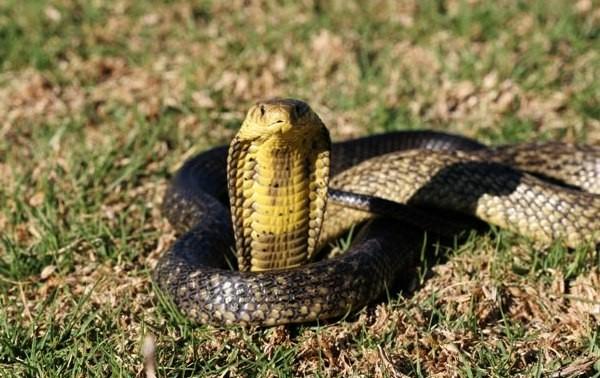Facts About Forest cobra
The forest cobra, also known as the black cobra or the black and white-lipped cobra, is a venomous snake indigenous to central and western Africa. As the largest true cobra species, it can reach an impressive length of up to 3.2 meters. This snake is highly adaptable, thriving in a variety of habitats, from lowland forests and moist savannas to more arid climates.
In terms of diet, forest cobras are not selective. They consume a wide range of prey, including insects, small mammals, and other reptiles. This dietary flexibility aids their survival across diverse environments.
Belonging to the genus Naja within the family Elapidae, the forest cobra was first documented by American herpetologist Edward Hallowell in 1857. Recent research suggests that what is commonly referred to as the forest cobra may actually comprise multiple species, including Naja melanoleuca, Naja subfulva, Naja peroescobari, Naja guineensis, and Naja savannula.
Adult forest cobras typically measure between 1.4 to 2.2 meters long and exhibit various color morphs depending on their geographic location. Their venom is a potent neurotoxin, causing severe symptoms such as ptosis (drooping eyelids), limb paralysis, and respiratory distress. Consequently, bites from these snakes are medical emergencies.
Behaviorally, forest cobras are diurnal and adept climbers, often found in trees or near water, as they are also proficient swimmers. They are quick and alert, ready to defend themselves or hunt. Their diet includes amphibians, fish, other snakes, lizards, and small mammals. During reproduction, forest cobras lay between 11 and 26 eggs in the summer, with the young being independent from birth.
Forest cobras are found across a wide range of habitats, from tropical rainforests to savannas and grasslands, and often near water sources or even in urban areas. They exhibit complex mating behaviors, and their hatchlings are relatively large and capable from the moment they emerge.

 Republic of the Congo
Republic of the Congo